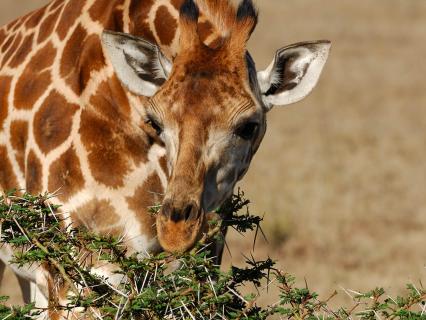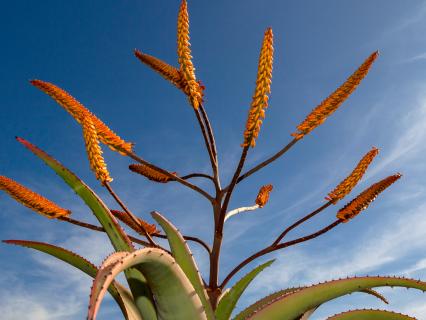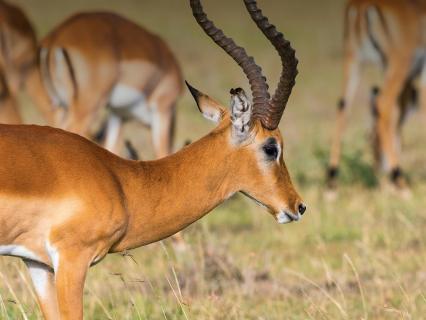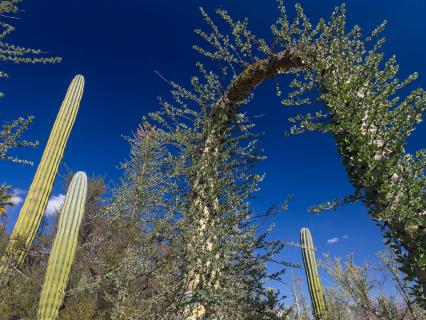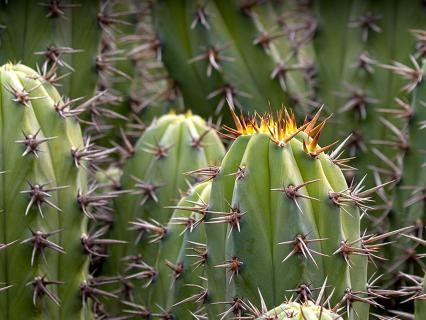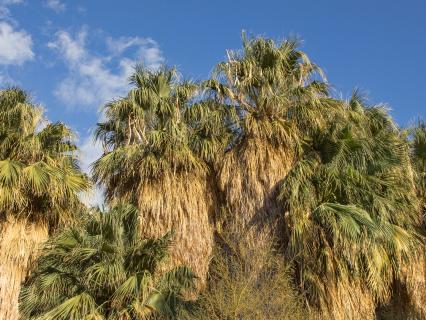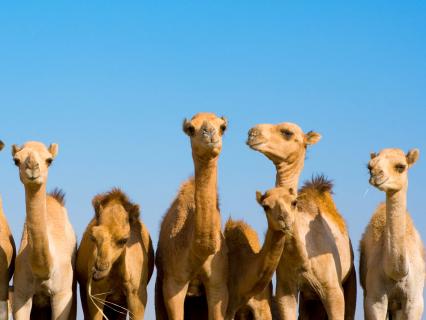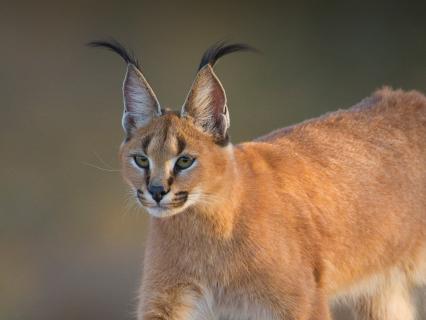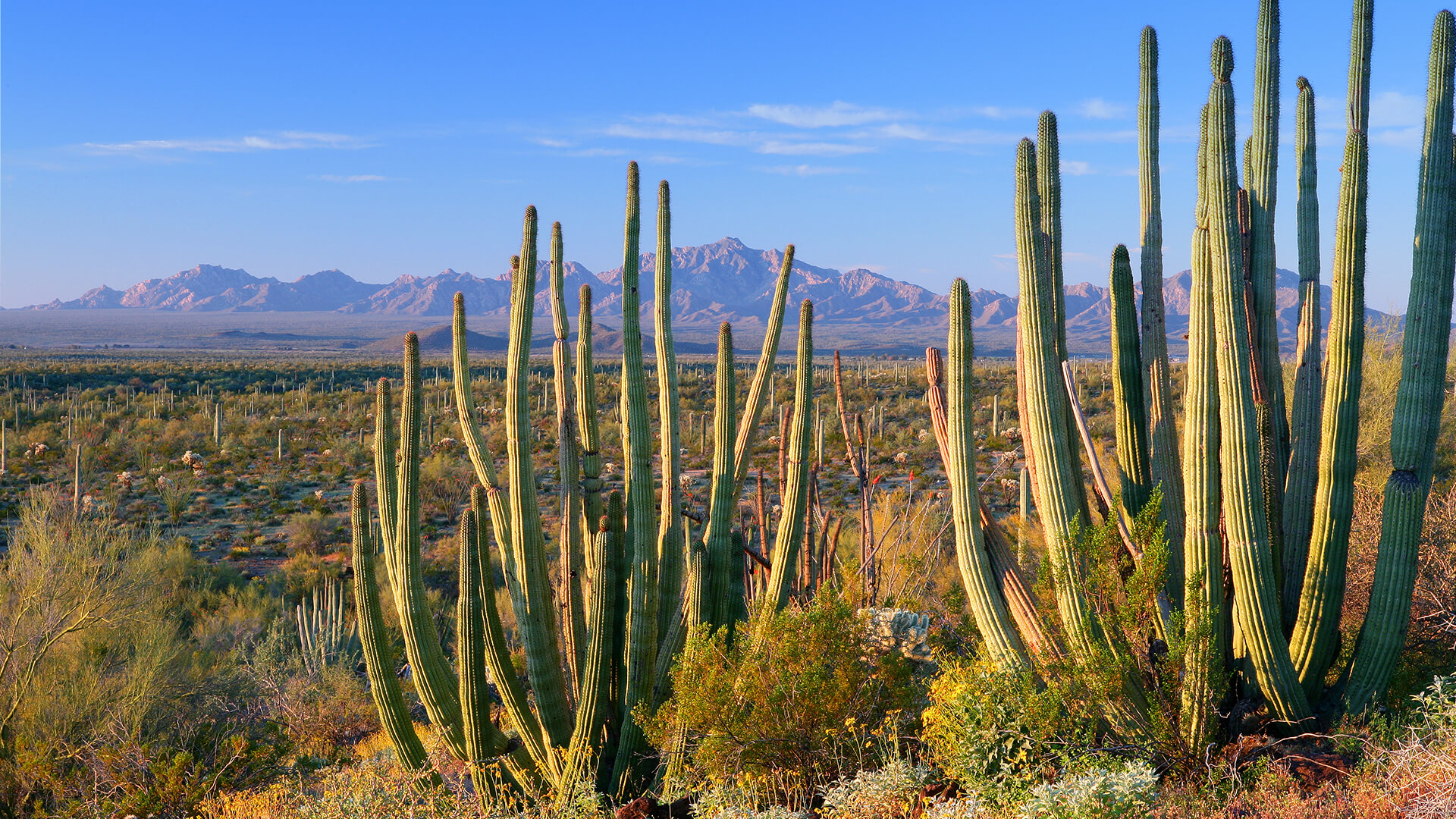
Desert
Deserts are hot, dry places made up mostly of sand, rock, and mountains. In general, deserts are defined as areas where the amount of water that evaporates in the air is greater than the amount that falls to the ground as rain.
In the desert, temperatures can soar as high as 120 degrees Fahrenheit (50 degrees Celsius) in some areas; but because there is no cloud cover to keep warmth in, deserts can also get very cold at night, with temperatures plunging as low as –4 degrees Fahrenheit (–20 degrees Celsius) in places. Deserts can also be very windy, which can stir up violent sandstorms. Examples of deserts are the Namib and Kalahari deserts in Africa, the Arabian Desert in the Arabian Peninsula, the Great Victoria Desert in Australia, and the Mojave and Sonora deserts in the U.S.
Even in these harsh and forbidding conditions, few deserts are completely barren. There are plants and animals that have adapted to survive in this habitat. Plants often have thin, tough leaves or succulent stems (like cactus) to store water, and some remain dormant during dry times, only coming to life when one of the brief rainstorms comes along. Animals survive in deserts by living underground or resting in burrows during the heat of the day. Some creatures get the moisture they need from their food, so they don’t need to drink much water, if any. Others live along the edges of deserts, where there are more plants and shelter.


